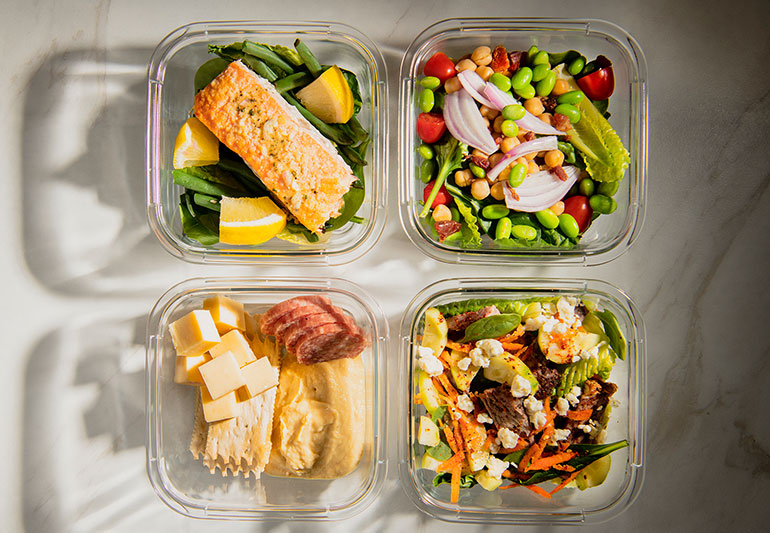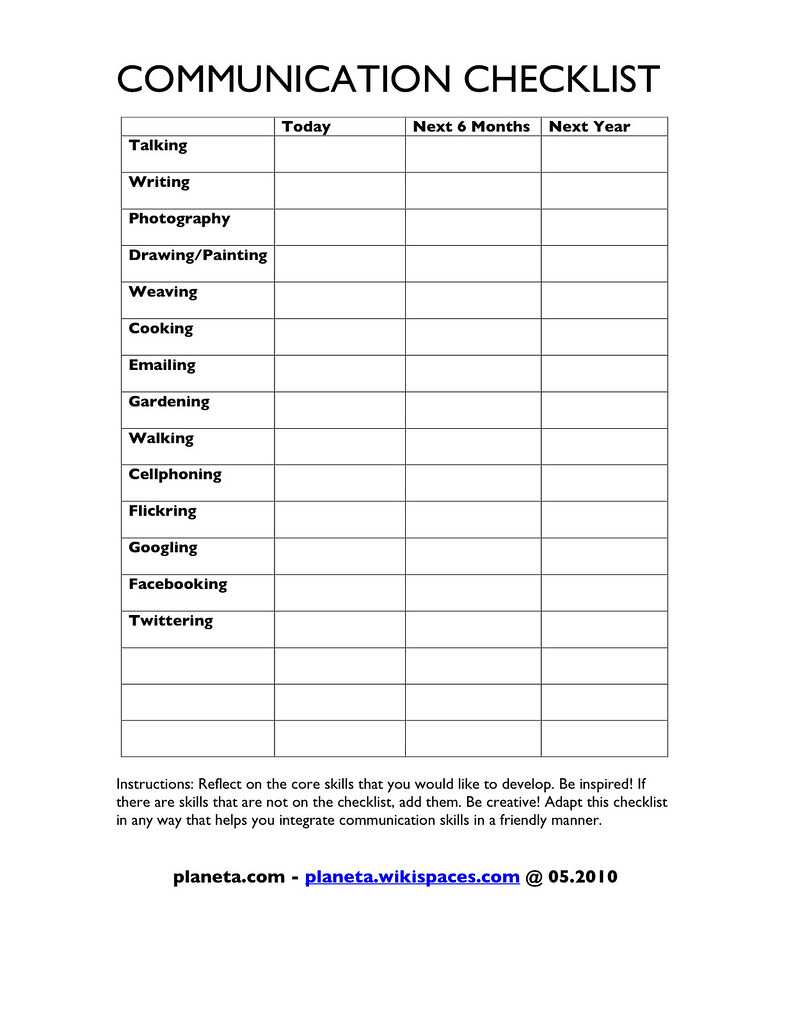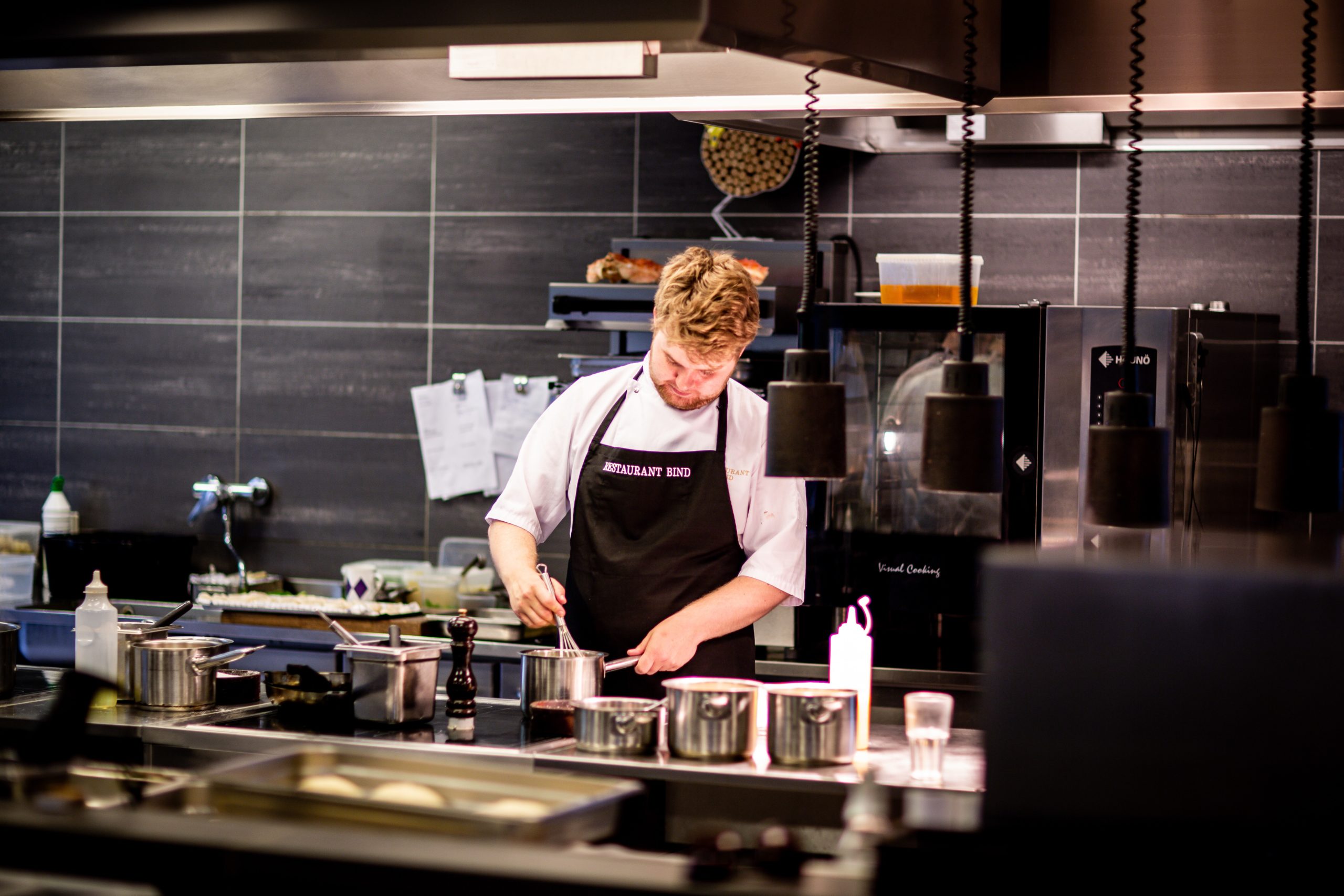
There are many different levels of difficulty when it comes cooking skills for children. The basic techniques are best suited for younger kids, while older ones may need more assistance. Three- to five-year-olds are the ideal age. These are some of the best kitchen tasks for kids. You can also use these activities as a springboard for more complex cooking or grocery list preparation. You don't have to be an expert cook or a chef to start cooking with kids at any age.
Basic cooking skills
Basic cooking skills can make or break a meal. There are many age-appropriate skills for cooking, but some require more supervision. Here are the most important guidelines:
Age ranges
At this age, children learn basic hand washing, can follow simple recipes, and can even do the work independently. They will eventually learn how to put together food. This is a great place to introduce basic kitchen equipment, such the oven. As they grow and learn, they will be able to modify recipes and use more advanced kitchen appliances.
Techniques
Cooking with your children has a number of benefits. It's a great way to build vocabulary while bonding with your child. It's also an enjoyable way to share a responsibility. Cooking with a toddler requires patience and time. Simple recipes should be easy enough for them to master. Choose recipes that do not require long cooking times. You should look for dishes with interesting textures and colors. This will make the cooking experience fun for everyone.

Get your kids involved in the kitchen
A great way to make dinnertime enjoyable for all is to get your kids involved in the kitchen. It can also help children learn important life skills. Even though newborns may not be skilled cooks, they can learn how to prepare basic meals in the kitchen. Allowing them to experience cooking in the kitchen will help you normalize this activity. As they get older, they will be more interested and capable of cooking. As they get more familiar with the kitchen, they will be more interested in it.
Food presentation
It doesn't matter if you cook for your family or for your kids, the importance of food presentation is paramount. Children judge the appearance of food on many different levels, and food presentation can have a big impact on their eating habits. Here are some tips that will make your food look amazing. You can also add fun garnishes, such as carrot curls and radish flowers. You should supervise children as they handle knives. If they have any questions about how to use the knives, you can ask an adult to help.
Measurements
It is a great way to teach math skills to children. There are many benefits to teaching your child this skill, including improving their sense of time. Children will learn how to compare quantities, and to estimate the use of cups and other utensils. These skills will be useful when they go on to more complicated math classes in school, such as pre-algebra and geometry. This doesn't mean that the learning stops there. The fine motor skills of children will be developed, as well as their sequencing and reading abilities.
Developing self-confidence
Teaching children how to cook is a great way of instilling self-confidence. Children who learn how to cook from scratch are more likely to continue these good habits into adulthood. Moreover, it gives children something tangible to feel proud of, which will boost their self-confidence. Cooking can foster family bonds and teach children a sense of responsibility.

FAQ
What skills are necessary to attend culinary school
You will need to know how to cook, understand food safety regulations, and be able work under pressure in order to become a chef. You should enroll in cooking classes at local community colleges or high schools to learn how to cook. After mastering the basics, you'll be able to apply for a job at a catering or restaurant.
How long does it take to learn to cook? What amount of time will it take to master the art?
It depends on your level of skill. Some people can pick up basic cooking techniques within a day or two. Others may take months or years to master the basics of cooking.
The time taken to learn to cook will depend on who you ask. One example is that someone who has never tried cooking before would likely take more time to learn than someone who cooks often. Some types of cooking are more difficult than others. Baking is more difficult than frying.
If you want to learn how quickly you can cook, you should focus on learning a specific technique. Once you are proficient in that technique, you can move onto the next one. Do not worry about how long it takes you to learn how to cook. Keep practicing and enjoying the process.
What are the requirements to become a chef?
A bachelor's degree is required to become a chef. A number of ACF tests will be required. After completing these requirements, you will be awarded a certificate that confirms your qualifications.
How long does it take to become chef? What's the average career path for a chef?
The average time it takes to become a chef is five years. During this time, you will study basic cooking techniques and gain experience working as a kitchen assistant. After your training is complete, you will be eligible to apply for a job as a sous chef, executive chef, or line cook. The average annual salary for a professional chef is between $25,000 and $60,000
Do I need any special equipment to cook?
You don't require any special equipment to learn how to cook. However, it can be easier to use the right tools. A knife can be used instead of a fork when making pasta, or a whisk could be used to whip up stiff egg whites. It makes cooking much easier and quicker.
Statistics
- According to the BLS, chefs earn $58,740 a year. (learnhowtobecome.org)
- On average, chefs earn $58,740 a year, according to the BLS. - learnhowtobecome.org
- under 10 Kids have been taught that there is special food just for them, and Fiese says that 10 percent of kids will throw a tantrum if they don't get the food they want. (washingtonpost.com)
External Links
How To
How to make a perfect omelet
Omelets are my favorite breakfast dish. But how do you create them perfectly? I've tried many different methods and recipes, but none of them seem to work! Today, I'd like to share some tips with you in order to make delicious and fluffy omelets every day.
First, eggs can be very temperamental ingredients for making omelets. The eggs must be fresh from an organic source and kept at room temperature until they are ready to be cooked. The yolks and whites will not form properly if they aren't kept cold enough. This will make your omelets appear strangely colored. If you plan to cook the eggs right away, it is best to use room temperature eggs.
Another tip is to separate your egg before adding it into the pan. The yolk and white should not be mixed together as this can cause the omelet's curdle.
If you add the egg directly onto the stovetop, you might end up burning the bottom part of the egg, which would ruin the texture of your omelet. Instead, microwave the egg for 10 seconds before adding it to the pan. The microwave heat cooks your egg just right, without it becoming too soft.
Next, let us talk about how to mix the eggs. When you mix eggs together, you want to beat them well. Turn the bowl upside down and grab the whisk to do this. Next, shake the bowl vigorously. By doing this, the egg is thoroughly mixed with the air in the bowl.
The fun part begins - you need to pour the milk into your mixture. Fold the eggs in the milk mixture by first pouring half of it into the egg whites. You don't need to worry if streaks remain. They will disappear once you flip your omelet.
After folding the eggs fold the pan onto medium heat. When the oil starts to hot, wait for the pan to cook. Once the oil has gotten hot, add 1/4 cup of butter and swirl it around so that the entire pan is coated. Carefully open the pan's lid and add salt to the pan. A pinch of salt will help prevent the omelet from sticking to the pan.
Cover the pan once the omelet is formed and allow it to cool completely. Flip the omelet with a spatula, or flip it upside down. Cook the other side for about a minute. Take the omelet out of the pan and immediately serve.
This recipe works best using whole milk. Skimmed milk is also possible.